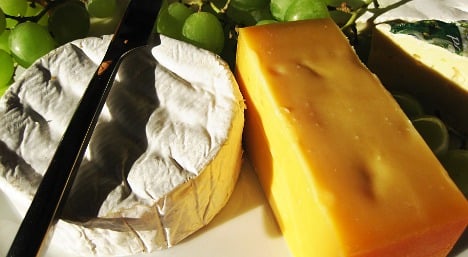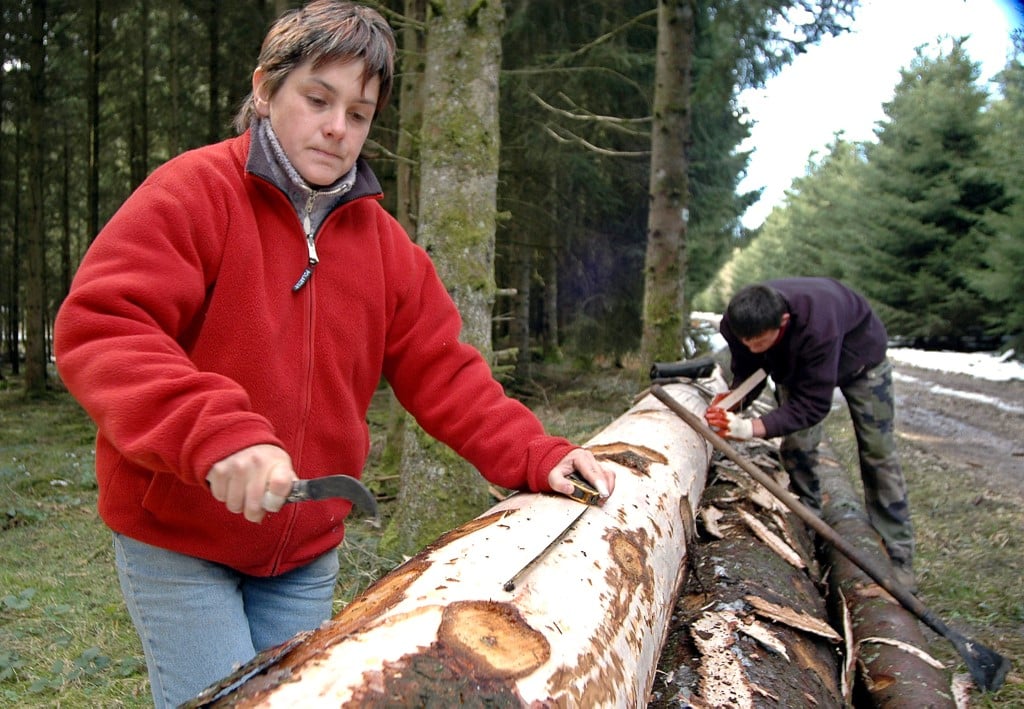With the import of cheese from abroad up by 14 percent last year, Tine is concerned that domestic producers will start to feel the pinch unless the government takes action, newspaper Aftenposten reports.
“We want higher barriers for the import of cheese. This is needed to safeguard Norwegian products,” managing director Stein Øiom told the newspaper.
If Tine gets its way, customers already paying through the nose for their foreign Brie, Cheddar or Gruyère will likely see another major jump in prices.
Tine wants tariffs to be set as a percentage of the price of the cheeses in their home countries. Currently, customs duty is paid at a fixed rate per kilo, regardless of the quality of the cheese, the paper said.
Often accused of blatant trade protectionism, Tine makes little secret of the fact that it would rather Norwegian cheese eaters opted for domestic alternatives.
“We have Norwegian Brie and Camembert, made by Dovre for example. That’s tasty,” said Øiom.
Tine sought in vain to have import tariffs increased for cheese in last year’s agricultural policy negotiations. With a fresh round of talks imminent , Øiom hopes the government will change its mind in light of the growing success of foreign cheeses.
Tine found itself the butt of international ridicule last year after Norway fell victim to an acute butter shortage when the cooperative failed to supply the market with enough raw milk.




 Please whitelist us to continue reading.
Please whitelist us to continue reading.
Member comments